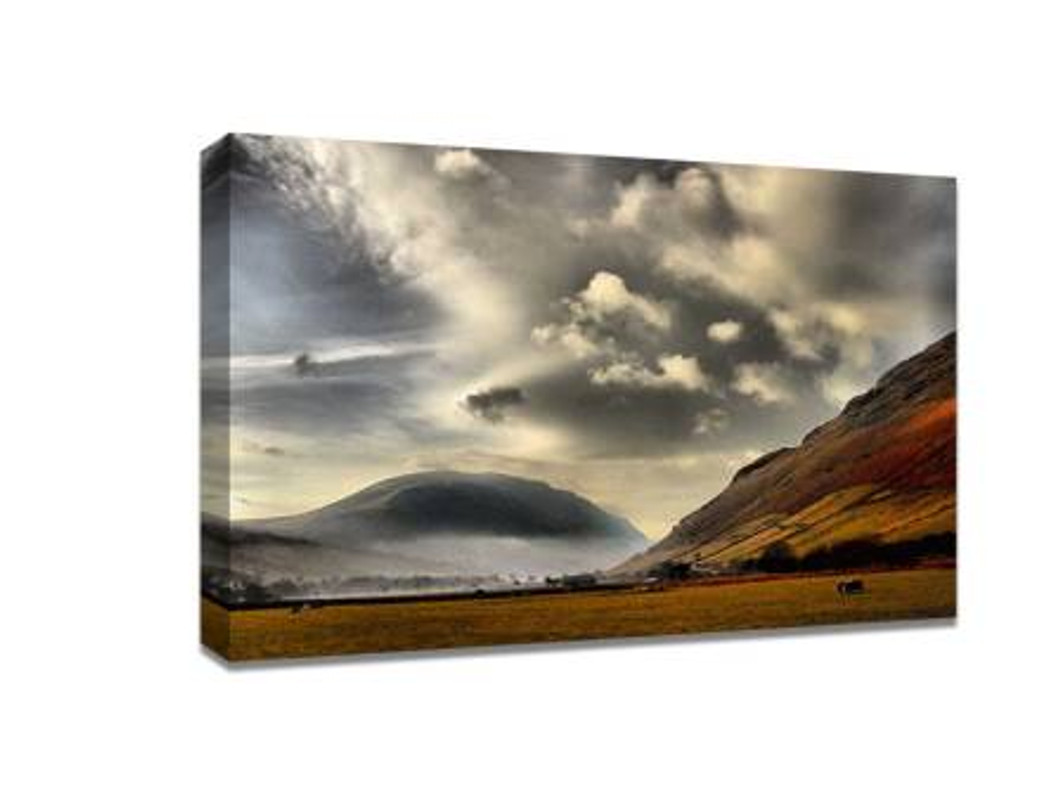6 Tips to Improve Your Landscape Photography
Landscape photography is a rewarding and fulfilling form of photography, allowing you to capture the beauty of nature and preserve memories in a way that can last a lifetime. Whether you’re a hobbyist or an aspiring professional, improving your landscape photography skills can make a significant difference in the final results. A beautifully captured landscape is perfect for showcasing in your home, especially when you print your favorite shots as a photo on canvas (link) to add elegance and personality to your space. Here are six essential tips to help you enhance your landscape photography and create images that truly stand out.
1. Plan Your Shots and Scout Locations
One of the most important steps in landscape photography is preparation. Before heading out, research the locations you want to photograph. Look for unique vantage points, interesting natural features, and elements that add depth and interest to your composition. Tools like Google Earth, photography apps, and even social media can help you discover new angles and perspectives. Arriving early or visiting at different times of day allows you to experience varying light conditions, which can dramatically affect your photographs. Planning ahead reduces the chance of missing opportunities for breathtaking shots.
2. Pay Attention to Lighting
Lighting is crucial in landscape photography. Golden hours—shortly after sunrise and just before sunset—offer soft, warm light that can enhance textures and colors. Overcast days can also be advantageous, as diffused light reduces harsh shadows and provides even illumination. Avoid shooting in midday sun whenever possible, as this can produce flat, harsh images. Learning to observe how light interacts with the landscape will help you capture more dramatic and engaging photos, which will look stunning when turned into a photo on canvas.
3. Use Composition Techniques
Composition is key to creating compelling landscape photographs. Techniques such as the rule of thirds, leading lines, framing, and layering can help guide the viewer’s eye and create a sense of balance. Including foreground elements like rocks, flowers, or water reflections can add depth and perspective. Remember that symmetry and patterns in nature can also make your compositions more visually appealing. By carefully composing your shots, you increase the likelihood that your images will not only capture attention but also translate beautifully onto canvas prints.
4. Invest in Quality Equipment
While a skilled photographer can capture stunning landscapes with almost any camera, investing in quality equipment can significantly improve your results. A DSLR or mirrorless camera with interchangeable lenses allows for greater flexibility. Wide-angle lenses are excellent for capturing expansive scenes, while telephoto lenses help isolate distant subjects. Don’t underestimate the power of a sturdy tripod, which ensures stability during long exposures or low-light conditions. Additionally, using filters like polarizers or ND filters can enhance colors, reduce glare, and allow for creative effects in your photography.
5. Master Post-Processing
Post-processing is an essential part of modern landscape photography. Editing software like Adobe Lightroom or Photoshop allows you to adjust exposure, contrast, saturation, and sharpness to bring your images to life. Subtle adjustments can make a significant difference, helping to emphasize the natural beauty of your scene. However, it’s important not to over-edit, as maintaining a realistic and natural look is usually preferred. Thoughtful editing ensures that your photos are ready for print and will look exceptional when displayed as a photo on canvas in your home or office.
6. Practice Patience and Persistence
Finally, patience and persistence are vital for success in landscape photography. Nature is unpredictable, and capturing the perfect shot often requires waiting for the right conditions or revisiting locations multiple times. Keep experimenting with angles, perspectives, and lighting, and don’t be discouraged by initial setbacks. Over time, your understanding of composition, light, and technique will improve, resulting in breathtaking images that are perfect for printing as canvas art.
Improving your landscape photography involves a combination of preparation, technical skills, and creativity. By planning your shots, understanding light, using effective composition techniques, investing in quality equipment, mastering post-processing, and practicing patience, you can elevate your photography to the next level. Remember, capturing stunning landscapes is not only about taking photos—it’s about creating lasting memories. Printing your favorite landscapes as a photo on canvas (link) is a wonderful way to preserve and showcase your work, turning your passion into beautiful wall art that will inspire and impress for years to come.
Recent Posts
-
Top 5 Affordable Canvas Print Ideas for Your Children's Room
When it comes to decorating your child's room, it's important to create a space that feels as fun, p …8th Dec 2025 -
Common Mistakes to Avoid When Ordering Panoramic Canvas Prints
Panoramic canvas prints are an amazing way to showcase breathtaking landscapes, family memories, or …8th Dec 2025 -
Cheapest Canvas Prints Australia: Ideal Gift Ideas That Won’t Break the Bank
Finding meaningful gifts doesn’t have to drain your wallet—especially when personalised decor is mor …5th Dec 2025
